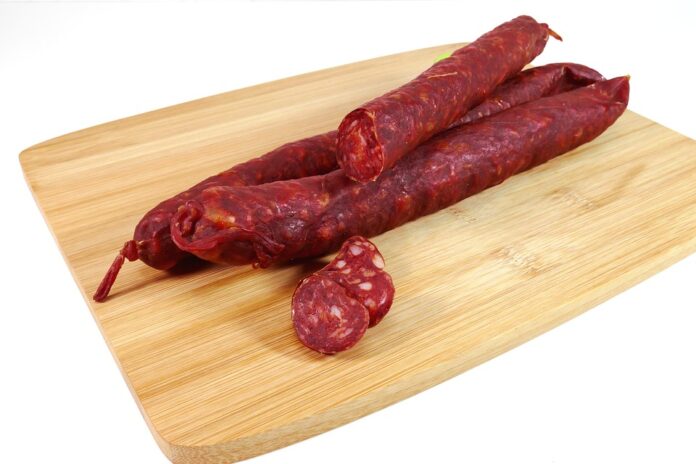Introduction
Chorizo is a popular type of sausage that is enjoyed in various cuisines around the world. However, it is particularly prominent in Spanish and Mexican cuisine, where it plays a significant role in traditional dishes. Despite sharing the same name, chorizo in Spain and Mexico have distinct differences in terms of flavor, ingredients, and preparation methods. In this report, we will delve into what chorizo is and how it differs between Spain and Mexico.
What Is Chorizo?
Chorizo is a type of sausage that originated in Spain and Portugal. It is made from ground pork that is seasoned with various spices, such as paprika, garlic, and chili peppers. The mixture is then stuffed into casings and typically cured or smoked to enhance the flavor. Chorizo can come in different forms, including fresh, dried, or semi-cured, each offering a unique taste and texture.
Chorizo in Spain
In Spain, chorizo is a staple in the country’s culinary landscape. Spanish chorizo is known for its bold and robust flavors, thanks to the generous use of smoked paprika, which gives it its distinctive red color. Spanish chorizo is often categorized into two main types: dulce (sweet) and picante (spicy). Dulce chorizo is milder in flavor, while picante chorizo packs a punch with its spicy kick.
One of the most famous varieties of Spanish chorizo is chorizo de Pamplona, which hails from the Navarra region. This type of chorizo is typically made with lean pork and flavored with garlic and spices, making it a favorite in tapas dishes and stews.
Chorizo in Mexico
In Mexico, chorizo has its own unique characteristics that set it apart from its Spanish counterpart. Mexican chorizo is typically made from ground pork and seasoned with a mixture of chili peppers, vinegar, and spices like cumin and oregano. The use of vinegar gives Mexican chorizo its tangy flavor profile, which distinguishes it from Spanish chorizo.
Mexican chorizo is often sold fresh and is commonly used in dishes like tacos, burritos, and scrambled eggs. It is known for its vibrant red color and bold, spicy flavor, making it a popular choice for adding a kick to various dishes.
Key Differences Between Spanish and Mexican Chorizo
While both Spanish and Mexican chorizo share the same name and basic ingredients, there are several key differences that set them apart:
– Flavor: Spanish chorizo tends to have a smoky and robust flavor, thanks to the use of smoked paprika. Mexican chorizo, on the other hand, has a tangy and spicy flavor profile due to the use of chili peppers and vinegar.
– Texture: Spanish chorizo is often cured or smoked, giving it a firm texture that is perfect for slicing. Mexican chorizo is typically sold fresh and has a softer, crumbly texture that is ideal for cooking.
– Usage: Spanish chorizo is commonly used in dishes like paella, stews, and tapas, where its rich flavor can shine. Mexican chorizo is a popular choice for tacos, burritos, and other Mexican-inspired dishes that benefit from its bold, spicy taste.
Industry Insights
The global chorizo market is experiencing steady growth, driven by increasing consumer demand for authentic and flavorful sausages. According to a report by Market Research Future, the chorizo market is projected to reach a value of $10.1 billion by 2025, with a compound annual growth rate (CAGR) of 4.5% during the forecast period.
Key players in the chorizo market include companies like Cacique Inc., Johnsonville Sausage LLC, and El Latino Foods. These companies offer a wide range of chorizo products, catering to different flavor preferences and culinary applications.
Conclusion
In conclusion, chorizo is a versatile and flavorful sausage that plays a significant role in both Spanish and Mexican cuisine. While Spanish chorizo is known for its smoky and robust flavors, Mexican chorizo offers a tangy and spicy twist that is beloved in dishes across Mexico. Understanding the differences between Spanish and Mexican chorizo can help consumers appreciate the unique characteristics of each variety and enhance their culinary experiences.



